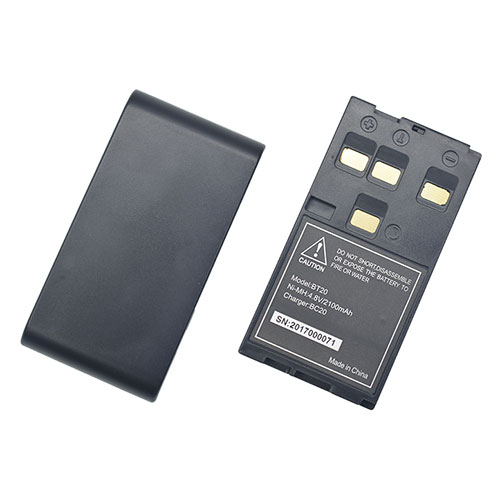Alleged specifications of AMD’s Ryzen 9 5900X “Vermeer” Desktop CPU have leaked out by Tech Tuber, PC WELT. According to the information, AMD seems to be going all out with its next-generation Zen 3 powered Ryzen lineup by offering the fastest clock speeds on a higher core count chip.
AMD Ryzen 9 5900X Zen 3 “Vermeer” CPU Alleged Specifications Leak Out – 12 Cores, 24 Threads, 5 GHz Boost Clock & 150W TDP
The source reports that AMD’s Ryzen 9 5900X is going to be the fastest chip offering for some time and it will feature a maximum of 12 cores and 24 threads. We know this from previous rumors too that AMD is preparing at least two Zen 3 “Vermeer” SKUs for the AM4 platform which would include the Ryzen 9 5900X 12 core and Ryzen 7 5800X 8 core processors.
As for the alleged specifications, the AMD Ryzen 9 5900X is said to feature an IPC improvement of up to 20%. One of the main areas of improvement where AMD has put lots of effort into tuning on Zen 3 is the clock frequencies. As such, the AMD Ryzen 9 5900X is said to reach boost clocks of up to 5 GHz. That’s a +300 MHz improvement over the Ryzen 9 3900XT and a +400 MHz improvement over the Ryzen 9 3900X in terms of boost clocks. The boost clock is for a single-core with all-core boost frequencies still being under the 5 GHz barrier but we can expect some decent clocks out of the chip.
The details also highlight that the Ryzen 9 5900X will ship with a TDP of up to 150W which is 45W higher than the Ryzen 9 3900X (105W TDP). While this is just a rumor, it seems like AMD will be trying to access extra performance by increasing the TDP of their chips and unlike Intel, their chips do sit close to the suggested TDPs while Intel’s TDPs are defined at the base frequency (PL1) with actual TDP numbers being much higher, either close or above the 200W limit. The 7nm+ process node will also help AMD keep and excel its power/performance efficiency advantage over Intel by miles.
We have already seen engineering samples running at 4.9 GHz boost clocks so 5.0 GHz won’t be that hard with the increased TDP limits. Once again, this is all a rumor so far but the Zen 3 unveil is coming next week so we will definitely be getting more information soon.
The AMD Zen 3 architecture is said to be the greatest CPU design since the original Zen. It is a chip that has been completely revamped from the group up and focuses on three key features of which include significant IPC gains, faster clocks, and higher efficiency.
AMD has so far confirmed themselves that Zen 3 brings a brand new CPU architecture, which helps deliver significant IPC gains, faster clocks, and even higher core counts than before. Some rumors have even pointed to a 17% increase in IPC and a 50% increase in Zen 3’s floating-point operations along with a major cache redesign.
We also got to see a major change to the cache design in an EPYC presentation, which showed that Zen 3 would be offering a unified cache design which should essentially double the cache that each Zen 3 core could have access compared to Zen 2.
The CPUs are also expected to get up to 200-300 MHz clock boost, which should bring Zen 3 based Ryzen processors close to the 10th Generation Intel Core offerings. That, along with the massive IPC increase and general changes to the architecture, would result in much faster performance than existing Ryzen 3000 processors, which already made a huge jump over Ryzen 2000 and Ryzen 1000 processors while being an evolutionary product rather than revolutionary, as AMD unveiled very recently.
The key thing to consider is that we will get to see the return of the chiplet architecture and AMD will retain support on the existing AM4 socket. The AM4 socket was to last until 2020 so it is likely that the Zen 3 based Ryzen 4000 CPUs would be the last family to utilize the socket before AMD goes to AM5 which would be designed around the future technologies such as DDR5 and USB 4.0. AMD’s X670 chipset was also hinted as to arrive by the end of this year and will feature enhanced PCIe Gen 4.0 support and increased I/O in the form of more M.2, SATA, and USB 3.2 ports.
It was recently confirmed by AMD that Ryzen 4000 Desktop CPUs will only be supported by 400 & 500-series chipsets while 300-series support would be left out.
AMD had also recently confirmed that Zen 3 based Ryzen 4000 desktop processors would mark the continuation of its high-performance journey. The Zen 3 architecture would be first available on the consumer desktop platform with the launch of the Vermeer family of CPUs that will replace the 3rd Gen Ryzen 3000 Matisse family of CPUs.
As of now, the competitive advantage that AMD has with its Zen 2 based Ryzen 3000 is just way too big compared to whatever Intel has in their sleeves for this year, and Zen 3 based Ryzen 4000 CPUs are going to push that envelope even further. Expect AMD to unveil its next-generation Ryzen CPUs and the underlying Zen 3 core architecture on 8th October.

